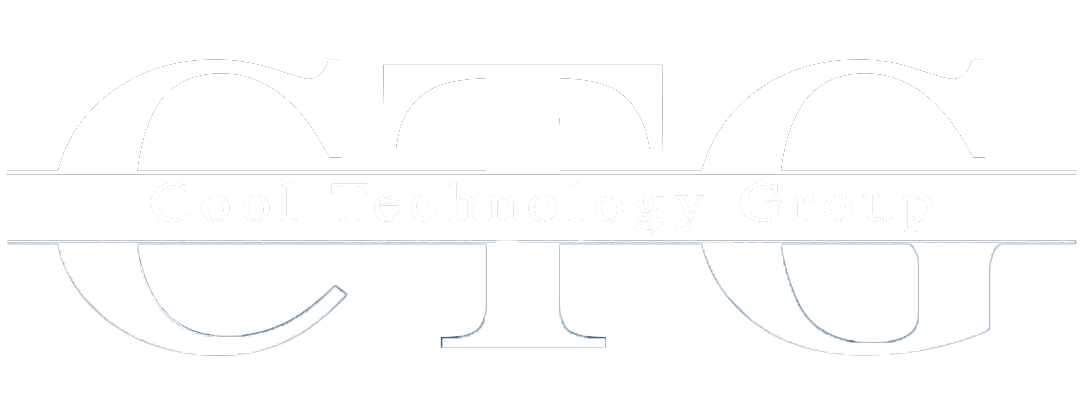If you’ve ever thought that, you’re not alone.
It’s one of the most common frustrations we hear from business leaders and their teams.
And it’s rarely about laziness or unwillingness.
It’s about systems that don’t talk to each other—forcing people to do the same thing, multiple times, in multiple places.
Why This Happens
It’s not that leaders set out to make their tech stacks complicated.
But as companies grow, tools get added one at a time—each solving a problem in the moment. CRMs. Project management tools. Accounting systems. Industry-specific software.
Fast-forward a few years, and you’ve got a digital patchwork quilt:
- Different teams using different systems
- Data scattered across platforms
- Manual workarounds that everyone just accepts as “normal”
The Hidden Costs of Disconnected Systems
What looks like a minor annoyance is actually a major drag on your business:
- Lost Productivity – Every duplicate entry steals minutes that add up to hours.
- Higher Error Rates – The more times information is handled manually, the more likely it is to be wrong.
- Slower Decisions – Data living in silos means leaders don’t get a complete picture fast enough.
- Weaker Customer Experience – No one likes repeating themselves to your company multiple times.
It’s not just inefficiency—it’s friction that directly affects profitability, morale, and client trust.
How to Spot the Problem Early
If you’re not sure whether your systems are quietly working against you, ask yourself:
- Are team members retyping the same data in more than one place?
- Does pulling a complete customer record require logging into multiple systems?
- Are reports assembled manually instead of generated in real time?
- Do projects stall while people “wait for the latest version”?
If you’re nodding to more than one of these, you’re feeling the weight of disconnected systems.
What Integration Actually Looks Like
Integration isn’t about adding more software—it’s about making the software you have work together.
Done well, it:
- Automates routine data transfer between systems
- Ensures every department is working from the same, accurate information
- Reduces bottlenecks and frees up time for higher-value work
- Improves the customer experience by removing repetition and delays
Where to Go From Here
You don’t have to live with disconnected systems or endless double-entry.
If this is a challenge you’ve been tolerating, it’s worth exploring how your existing tools could work together—and where strategic upgrades could make the biggest impact.
That’s where a partner like Cool Technology Group comes in. We help businesses untangle their tech stack, integrate critical systems, and create workflows that actually support growth instead of holding it back.
📞 Call us at (832) 810-2665 for a free consultation on how to streamline your systems and improve your team’s efficiency.
Because when your systems work together, your whole business moves faster.


Recent Comments